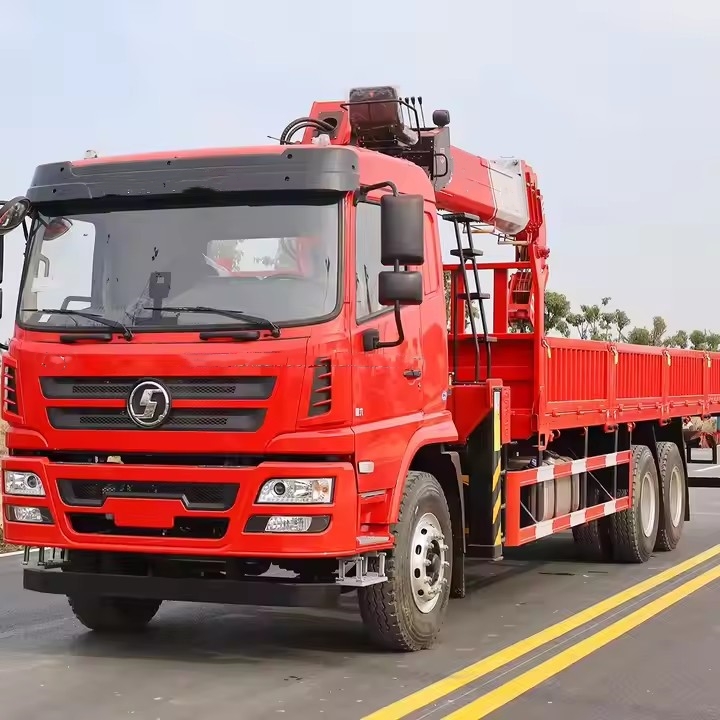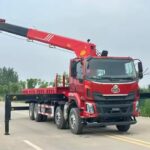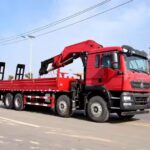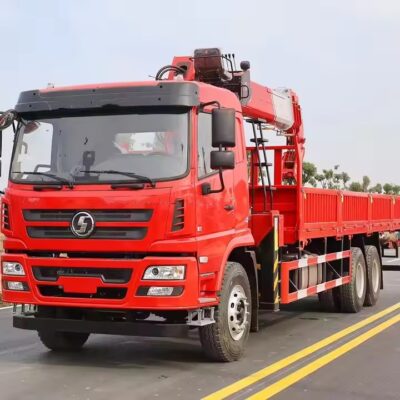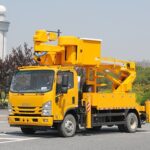I. Safety Operation Regulations
1. Operator Qualifications
Before operating the plate rolling machine, the operator must undergo proper training to fully understand the machine’s structure, performance, and operating procedures. Only qualified personnel should be allowed to use the equipment to prevent accidents and ensure safety.
2. Pre-Operational Inspection
Before starting the machine, the following checks must be conducted:
- Lubricate all necessary parts according to the lubrication chart.
- Inspect the power system to ensure there are no loose wires, damaged cables, or faulty connections.
- Check the mechanical system for wear, loose bolts, or any other potential issues that might compromise safe operation.
3. Startup Procedures
Once the machine is powered on, the following must be confirmed before proceeding with operations:
- Ensure the large gear’s rotation direction aligns with the indicated arrow direction.
- Only proceed with the operation if all checks indicate normal functionality.
- Operators should use the footswitch properly, ensuring they have full control over the rolling process.
4. Machine Adjustment
All adjustments to the machine must be performed while the machine is completely turned off. Adjusting the machine while it is running can lead to severe accidents or damage to the equipment.
5. Safety During Operation
During the operation of the machine, strict safety precautions must be followed:
- No part of the operator’s body should enter the machine’s rolling area.
- Avoid loose clothing, gloves, or jewelry that might get caught in the rolling mechanism.
6. Material Handling Guidelines
- Do not attempt to roll materials that exceed the thickness capacity of the machine.
- Rolling excessively thick plates may damage the machine’s components and blades, leading to costly repairs and downtime.
7. Emergency Procedures
- If any abnormality occurs during operation, immediately stop the machine and disconnect the power supply.
- Identify the cause of the issue before attempting to restart the machine.
- Only authorized personnel should troubleshoot and resolve machine malfunctions.
8. Post-Operation Shutdown Procedures
- Once the work is completed, switch off the power supply.
- Clean the machine thoroughly to remove any metal shavings or debris.
- Apply lubrication to the guide rails and blades to prevent rust and ensure smooth future operation.
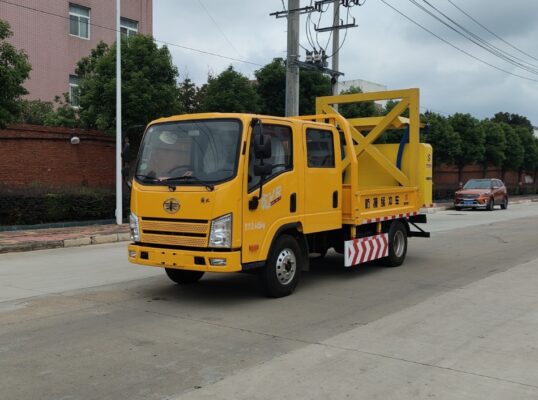
II. Maintenance and Care Guidelines
1. Compliance with Operating Procedures
The machine must always be operated strictly according to the established safety operation procedures to minimize wear and tear and prevent premature damage.
2. Regular Lubrication
- Before each startup, the machine must be lubricated as per the lubrication chart.
- Lubrication should be done at the correct time, in the right quantity, and at designated points to ensure smooth operation.
- Always use clean oil that is free from contaminants and sediments to maintain optimal performance.
3. Machine Cleanliness
- The machine must be kept clean at all times.
- Any unpainted metal surfaces should be coated with anti-rust oil to prevent corrosion.
- Accumulated debris, dust, and excess lubricant should be wiped off after each use.
4. Motor and Electrical System Maintenance
- The bearings of the motor should be regularly lubricated and checked for wear.
- Periodically inspect the electrical components to ensure safe and efficient operation.
- Any issues with the motor, wiring, or control systems should be addressed immediately to avoid further damage or operational hazards.
5. Inspection of Key Components
- Regularly check the condition of V-belts, handles, knobs, and buttons.
- Any worn-out or severely damaged components should be replaced promptly.
- Keep spare parts stocked to avoid downtime due to component failure.
6. Inspection and Repair of Switches and Safety Mechanisms
- Regularly inspect and repair control switches, fuses, and handles to ensure they function correctly.
- Faulty safety mechanisms must be repaired or replaced immediately to maintain workplace safety.
7. End-of-Day Maintenance
- Before leaving for the day, operators should dedicate at least 10 minutes to lubricate the machine and wipe it down.
- This routine helps prolong the life of the machine and ensures it remains in peak working condition.
8. Unauthorized Usage Prohibition
- The machine should only be operated by authorized personnel.
- Untrained or unauthorized personnel should not be allowed to use the equipment.
- When the operator leaves the machine unattended, it must be completely turned off to prevent unauthorized use or accidental activation.
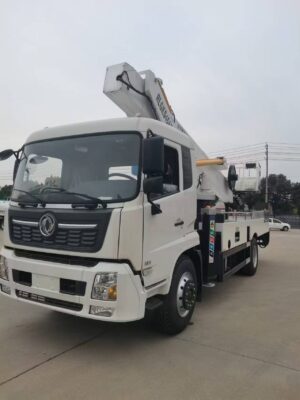
III. Additional Safety Recommendations
1. Personal Protective Equipment (PPE)
All operators must wear appropriate PPE, ho kenyeletsa:
- Safety goggles to protect against flying metal fragments.
- Heavy-duty gloves to handle metal sheets safely.
- Steel-toed boots to prevent foot injuries.
- Hearing protection if the machine operates at high noise levels.
2. Fire and Electrical Safety Measures
- The work area must be free of flammable materials.
- Fire extinguishers should be easily accessible in case of emergencies.
- Electrical wiring must be properly grounded to avoid the risk of electrical shocks.
3. Work Area Organization
- Ensure the work area is free of obstacles to prevent tripping hazards.
- Tools should be stored properly when not in use to avoid clutter and potential injuries.
- The floor should be kept dry to prevent slipping accidents.
4. Periodic Safety Drills
- Conduct periodic safety drills to prepare operators for emergencies.
- Train operators on how to handle power failures, mechanical breakdowns, and fire hazards.
5. Record Keeping and Documentation
- Maintain detailed records of all maintenance and inspections.
- Log any incidents or machine failures for future reference and improvement.
- Keep track of spare parts inventory to ensure timely replacements.
By following these safety operation regulations and maintenance guidelines, the plate rolling machine can be used efficiently while ensuring a safe working environment for operators. Regular maintenance and strict adherence to safety procedures will enhance the machine’s longevity and performance, reducing the risk of accidents and downtime.

